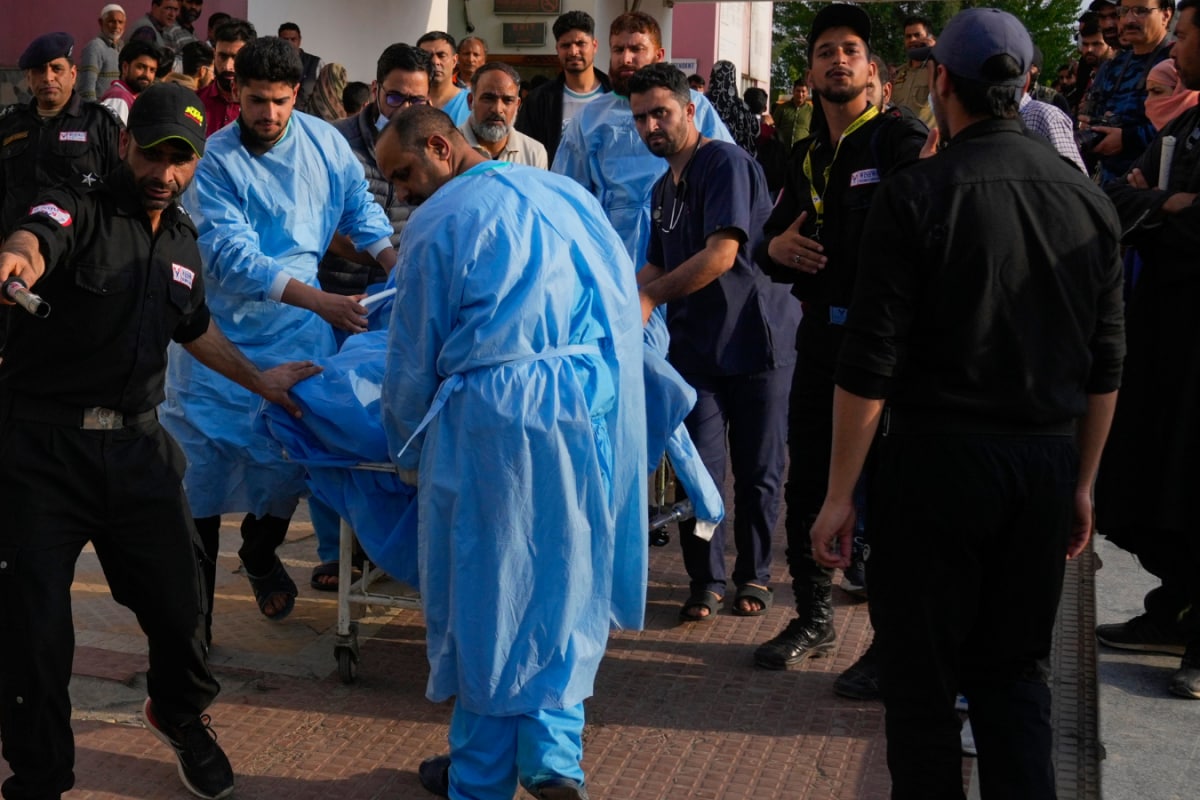

The Indian government is taking definitive steps to standardize and elevate the healthcare system by mandating the use of the term "Allied and Healthcare" across the nation, effectively dropping the term "paramedical". This move aims to bring greater clarity, standardization, and recognition to the diverse group of healthcare professionals who are integral to the delivery of quality medical services.
Background and Context
The healthcare landscape in India has been evolving, with increasing recognition of the crucial role played by Allied Health Professionals (AHPs). These professionals, including medical laboratory technicians, physiotherapists, and radiology technicians, provide essential support to doctors, nurses, and patients across various stages of treatment. The Indian healthcare system has been facing a shortage of healthcare workers. Allied Health Professionals (AHPs) are the backbone of the healthcare system, providing crucial support to doctors, nurses and patients at various stages of treatment. India currently needs nearly 65 lakh AHPs to serve its growing population. Recognizing their importance, the government has been working towards formalizing and strengthening the allied healthcare space.
The National Commission for Allied and Healthcare Professions (NCAHP) Act, 2021
A significant step in this direction was the enactment of the National Commission for Allied and Healthcare Professions (NCAHP) Act in 2021. This act aims to regulate and maintain standards of education and services provided by allied and healthcare professionals. It establishes a central statutory body, the National Commission for Allied and Healthcare Professions, which is responsible for setting policies and standards, regulating professional conduct, prescribing qualifications, and maintaining a central register of professionals. The Act defines "Allied health professionals" and "healthcare professionals" in India and places them in categories such as Medical Laboratory and Life Sciences, Trauma, Burn Care and Surgical/Anesthesia related technology, Physiotherapy, Nutrition Science, and others.
Need for the Change
The decision to mandate the use of "Allied and Healthcare" reflects a broader effort to modernize and standardize health education and service delivery. The term "paramedical" has often been perceived as vague and lacking a clear definition, which can lead to confusion and inconsistencies in training and practice. By adopting "Allied and Healthcare," the government seeks to provide a more accurate and comprehensive representation of the diverse roles and responsibilities of these professionals. This change is expected to streamline education, accreditation, and professional practices, aligning them with international standards.
Benefits of the New Nomenclature
The shift to "Allied and Healthcare" is expected to bring several benefits:
Challenges and the Way Forward
While the move to "Allied and Healthcare" is a positive step, challenges remain in ensuring its effective implementation. These include:
To address these challenges, collaboration between the government, healthcare organizations, educational institutions, and professional associations is crucial. The Ministry of Health and Family Welfare (MoHFW) is already taking steps to facilitate this collaboration, including convening meetings with state health secretaries to develop a clear roadmap for the Act's implementation. The government has launched new competency-based curriculums for ten allied and healthcare professions in collaboration with the National Commission for Allied and Healthcare Professions (NCAHP).
By embracing the term "Allied and Healthcare" and fully implementing the NCAHP Act, India can strengthen its healthcare system, empower its healthcare professionals, and improve the health and well-being of its citizens.